- Twenty-nine students attend school in the Demilitarized Zone (DMZ) between North and South Korea. American troops monitor the situation to the North and teach English to the students. Less than 100 miles away from the border lies 70% of North Korea’s soldiers.
In a small buffer zone on the southern side of the border that separates North and South Korea resides Daesungdong Elementary School.
The school is located in Taesung Freedom Village, a settlement in the Korean peninsula’s Demilitarized Zone (DMZ). The DMZ was created in 1951 for peace talks during the Korean War, and is a small area of just a little over a mile on either side of the border.
While the conflict stopped after an armistice was signed in 1953, a peace treaty was never signed, which means the two countries are technically still at war.
That tenuous situation led President Bill Clinton to call the DMZ “the scariest place on Earth” when he visited in 1993.
Reuters captured the daily life of students at Daesungdong Elementary School in a photo package called "Learning English in the Korean DMZ's Freedom Village."
On the southern side of the DMZ are American troops, many just a five-minute drive from a United Nations camp set up to monitor the situation to the North. Here, a US navy officer high-fives children at the Daesungdong Elementary School.
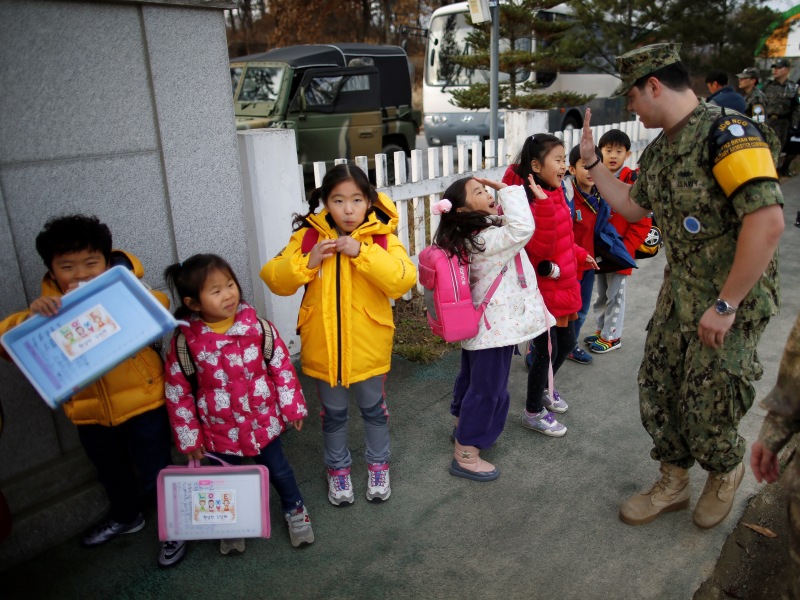
The students' daily commute includes trudging past barbed-wire fences, military checkpoints, and anti-tank barricades.
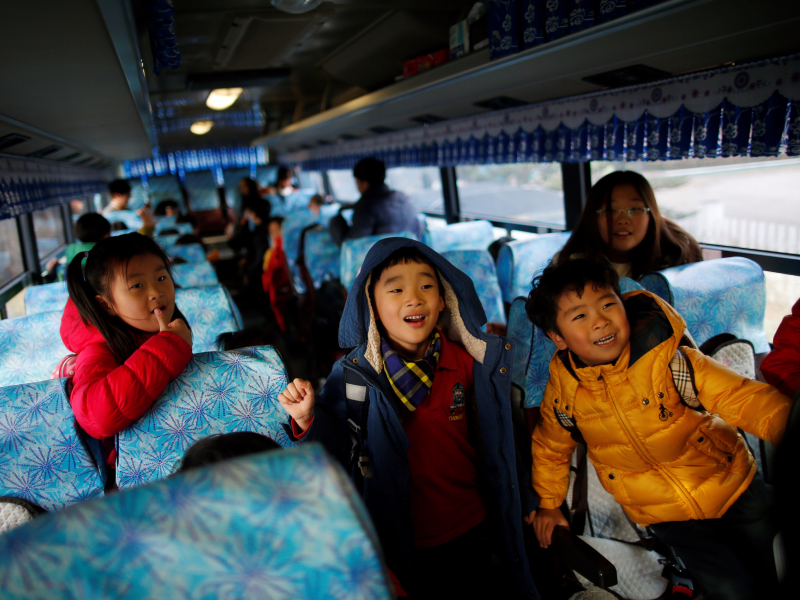
One of the students, a South Korean 4th grader named Lee Su-jin, said despite attending school in the DMZ, she isn't worried for her safety. "People are worried about us, but soldiers are with us, and we do evacuation drills," she told Reuters. "So I don't think there is anything to be scared or worried about."
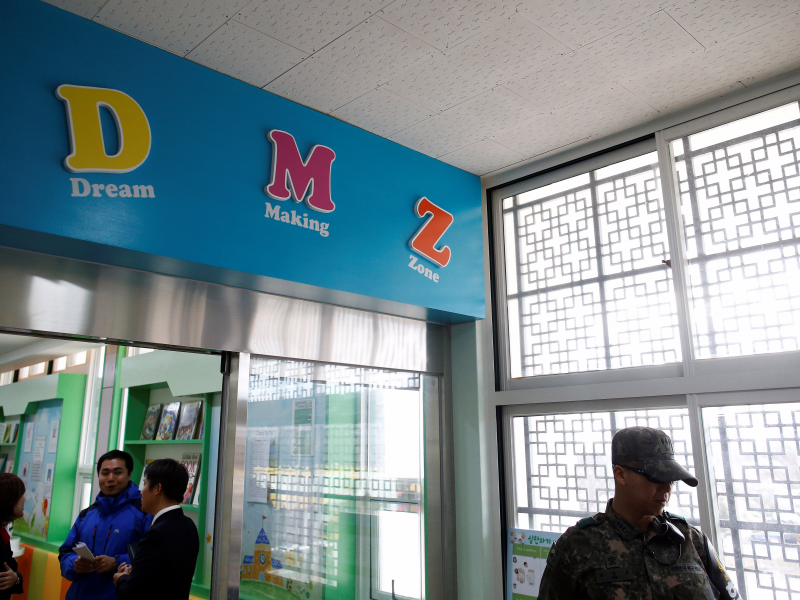
South Koreans living near the border choose to send their kids to the school as it offers students a rare opportunity to learn English from American soldiers.

The school had 29 students in 2016. There is a lottery to get into the school and students pay no fees for classes or meals.
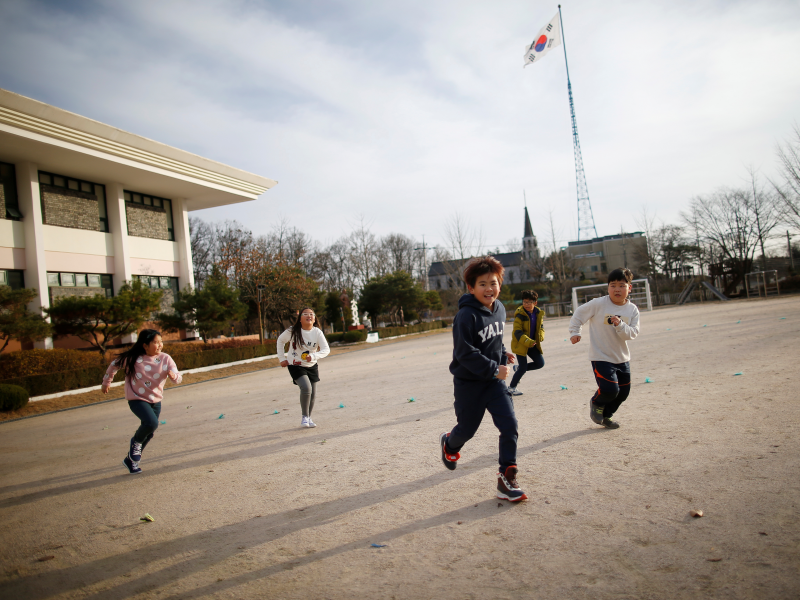
English is a key subject in college entrance exams, which makes spots in the school even more coveted by families.
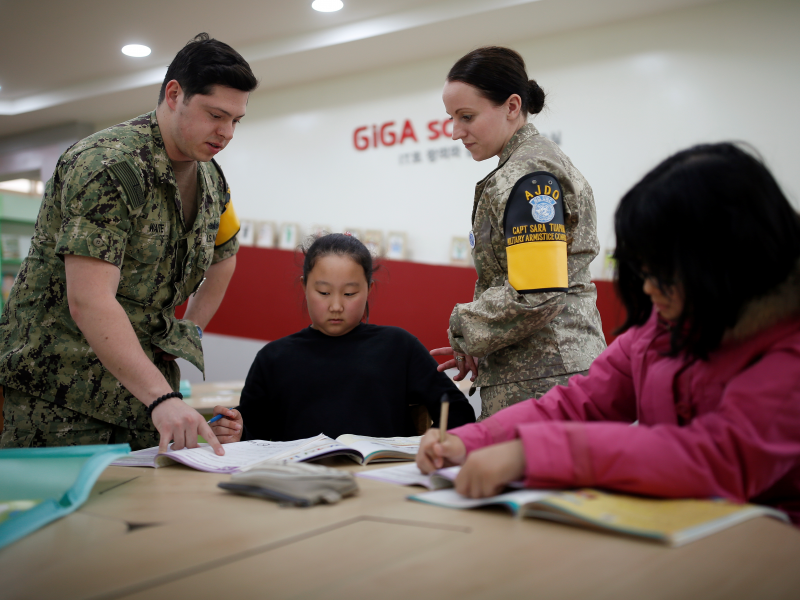
The school initially opened for children of farmers allowed to stay in the DMZ after the war. North and South Korea are still technically at war after the conflict ended in an armistice, not a peace treaty.

In 2008, facing extinction as the surrounding population dwindled, the school opened its doors to South Korean children living outside the DMZ.
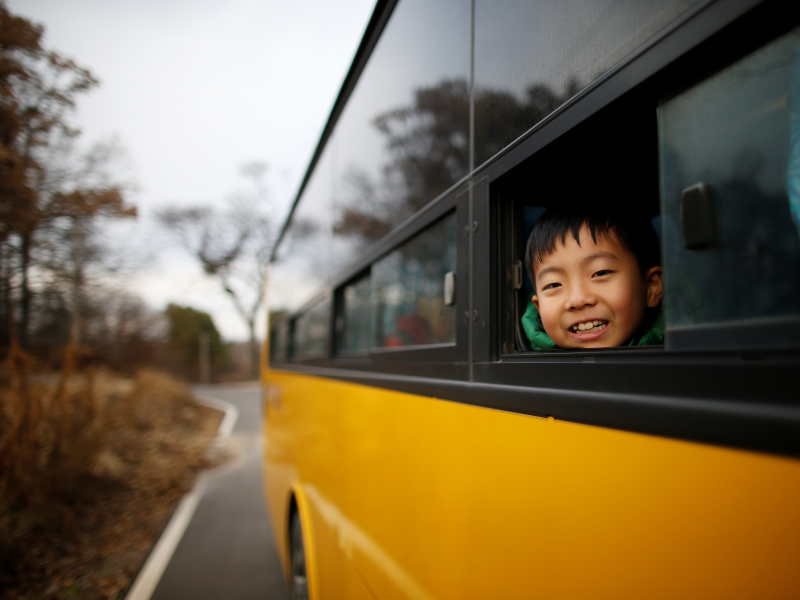
At the same time, the US-led United Nations command headquarters began sending soldiers there to teach English twice a week.
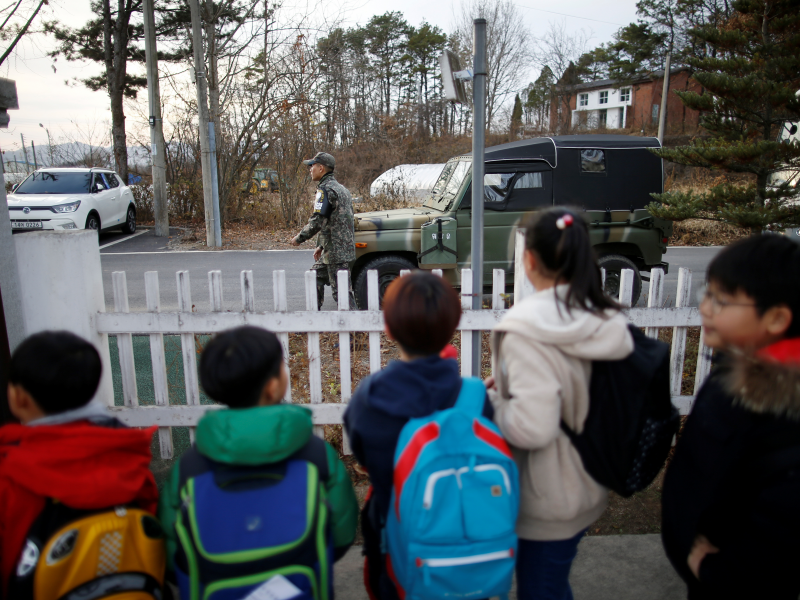
Some aspects of the students' days are utterly normal, like the kids shown here giving a percussion performance.

They create posters with messages wishing for unification between the two Koreas, which hang on a wall at the school.
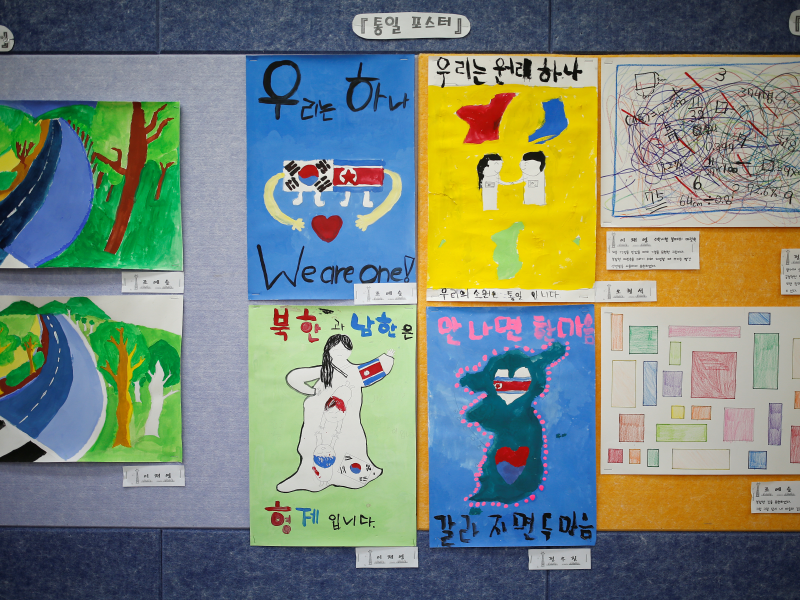
Other aspects of the students' lives are more unusual. Teachers and children must leave the school every day ahead of a curfew that runs from midnight to 5 a.m.
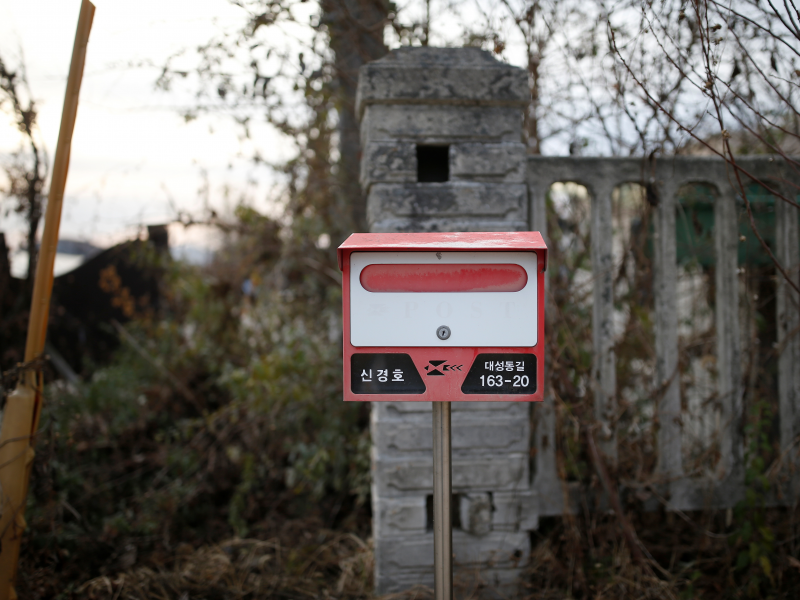
An uneasy tension hangs over the village. The steady drone of North Korean music comes over the border, where farmers work under military supervision.
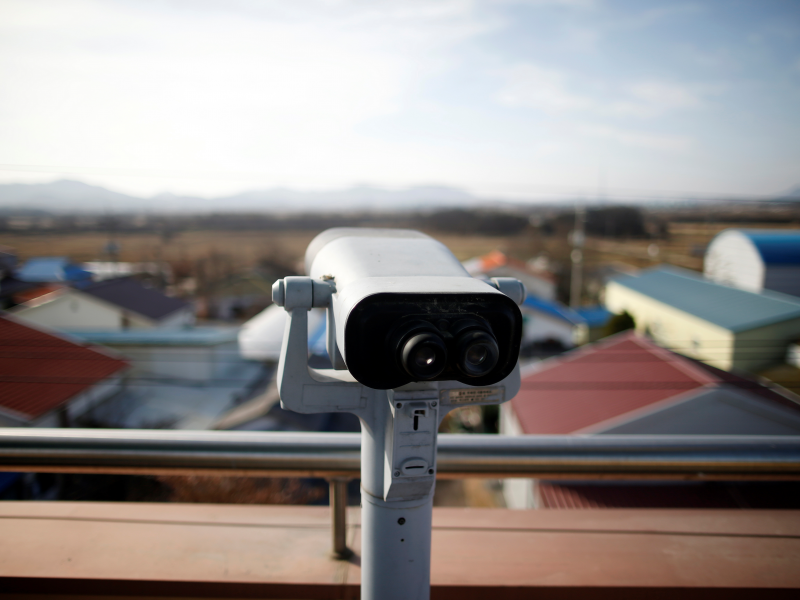
Unless they have a military escort, students are forbidden to venture outside the school, which faces north, and has a frontage packed with bricks to protect against stray bullets.
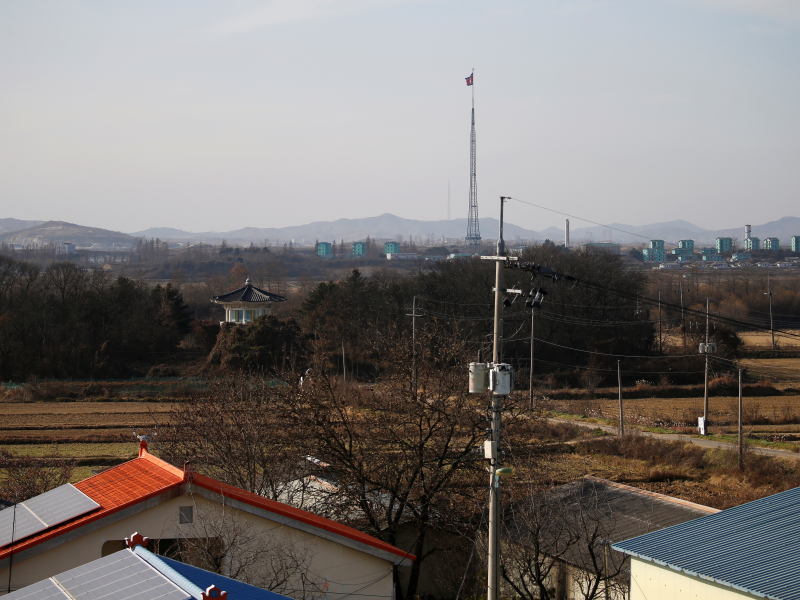
Less than 100 miles away from the border lies 70% of North Korea's soldiers.

But on the other side, there are nearly 30,000 US troops and the South Korean armed forces.


